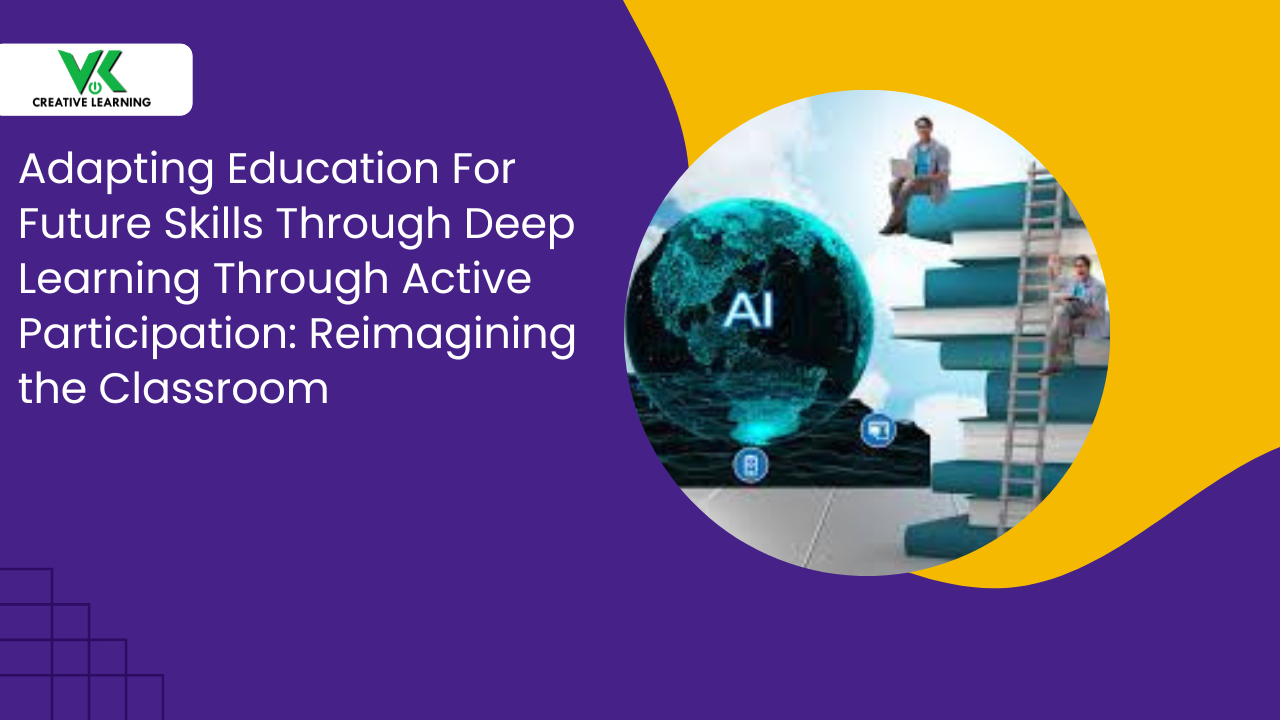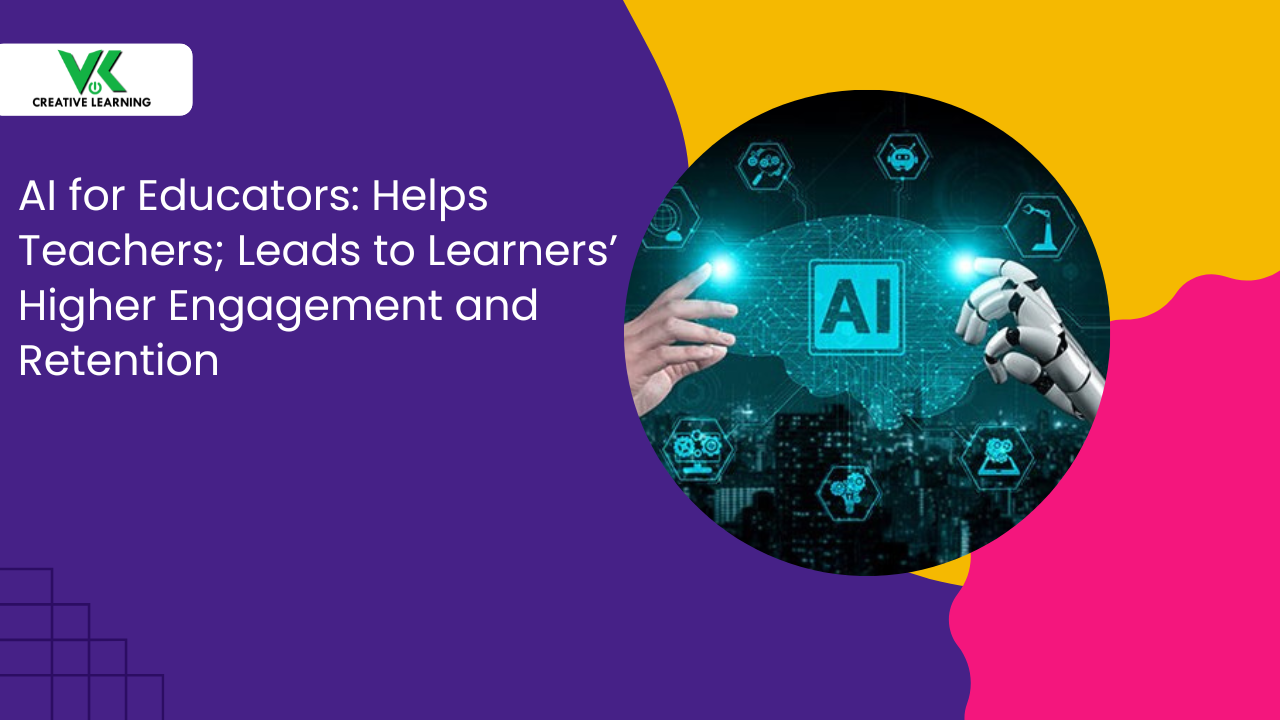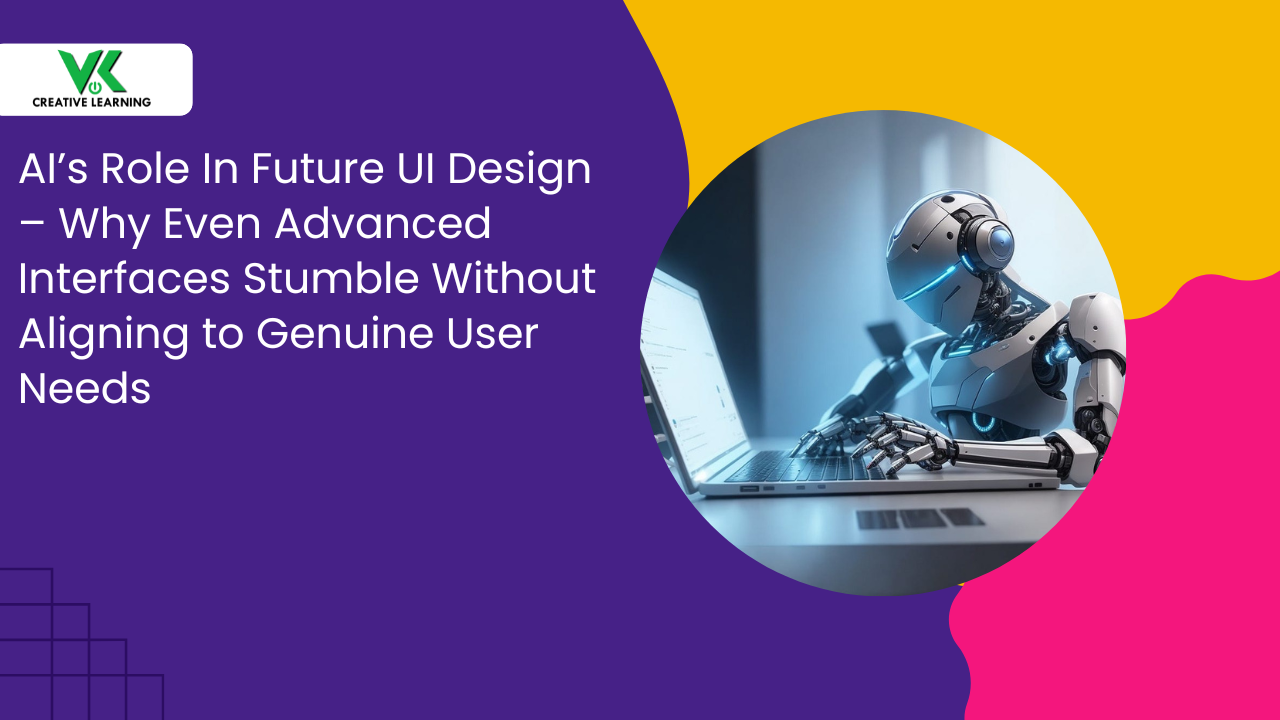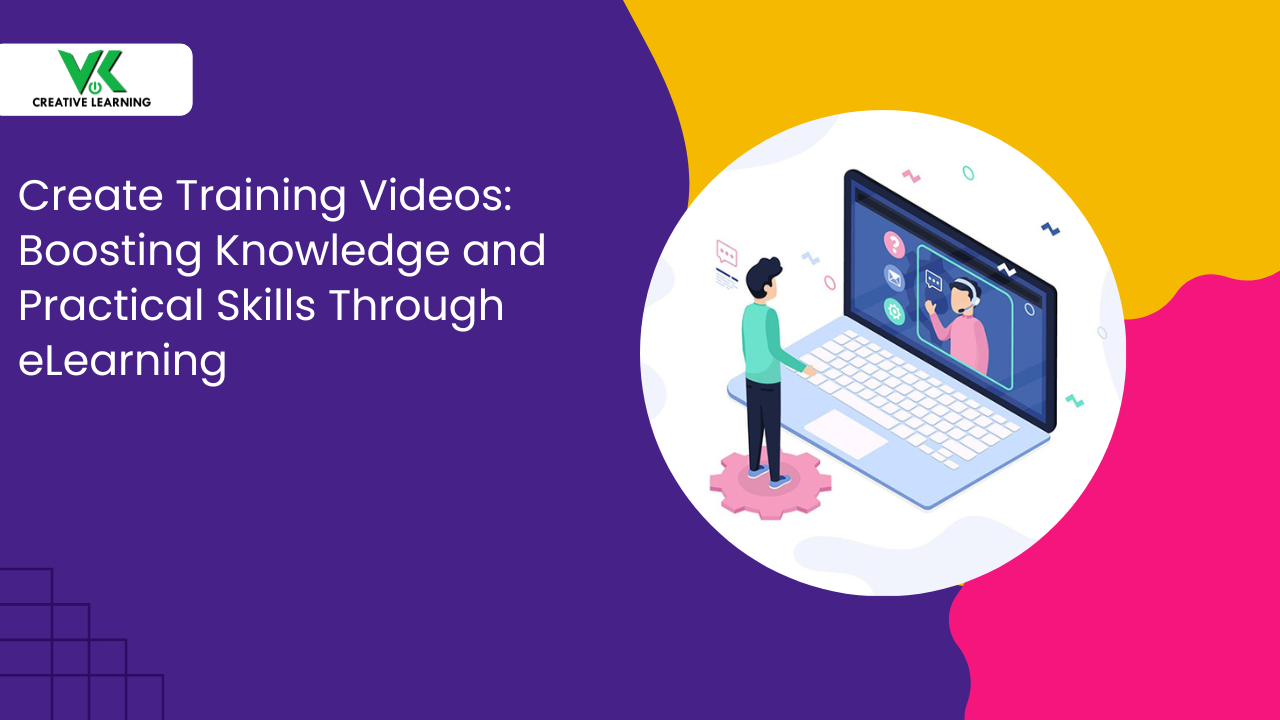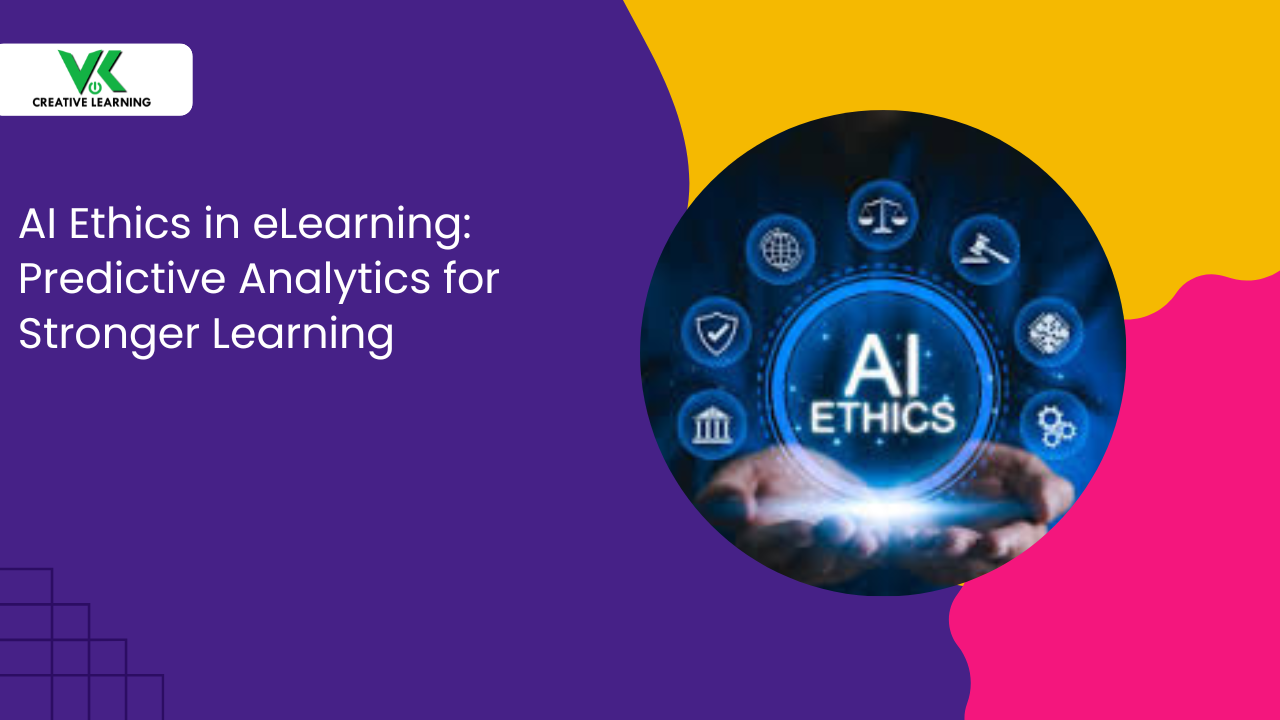AR/VR E-Learning Course for Automobile Training -- Technical Guide In Various Scenarios
March 24, 2025
AR/VR E-Learning Course for Automobile Training -- Technical Guide In Various Scenarios
Virtual Acceleration drives next-gen auto training; innovative AR/VR modules, interactive simulations, and real-time analytics boost operational excellence
Industries worldwide, nowadays, are facing huge levels of challenges from the way rapid advancements in technology are taking place. Some great examples include: car production, aircraft design, and innovative and robotics integration.
E-learning automobile courses have come out as a solution through virtual acceleration. Reason: it includes simulation training, 3D explainer modeling, and highly friendly interactive designs. Add to them AR VR innovations that offer headset integration for immersive simulations and sensory feedback -- sounds unreal, isn't it?
Advanced custom e-learning course development is part of the solution that further enhances the learning experience. This is because it entails tailored curricula, with specialized instruction to support automobile training.
The customization expands to various aspects such as vehicle maintenance, engine diagnostics, and performance tuning. Besides, the personalization is carried out in automobile courses online through dynamic modules.
Some of the beautiful examples are simulated environments, scenario-based tasks, and real-time feedback to improve the understanding level of the learners.
Automobile courses online also turn out to be scalable solutions in a multifaceted manner. They provide features such as virtual workshops for practice. Also, they offer the ability to provide remote seminars -- anywhere and anytime.
The use of Virtual and Augmented Reality in automobile courses online propels training environments in many ways.
Companies can approach AR VR development companies in India for the same. They offer custom e-learning course development services to fit the requirements of the firms.
Importantly, they mix in some immersive modules in e-learning solutions to enhance learning. Also, they build virtual platforms with scalable custom course development for enhanced learner experience.
Table Of Contents:
AR VR Automobile Training: Strategic Investment in Modern Innovation
1. Simulations
2. Maintenance
3. VR E-learning
4. Hands-on training
5. Visualizations
6. Innovations
7. Futuristic Simulations
8. Repair:
9. Immersive Scenarios
Workplace Challenges and Remote Solutions via Immersive Training Effectively
1. Communication
2. Timely Completion
3. Outdated Methodologies
4. Monotony
5. Location Problem
6. Collaboration
7. Real-Life Applications
8. Feedback
AR VR Automobile Training: Strategic Investment in Modern Innovation
Automobile companies can opt for AR VR automobile courses to improve technical training modules in a significant way. Examples: immersive simulations, virtual workshops, and interactive modules. The possible modules can be: engine diagnostics, system calibrations, and performance assessments.
Some other measures included in e-learning automobile courses that make them outstanding are as follows:
Simulations: Innovative simulations recreate complex vehicle dynamics accurately. This aids in following safer operational practices for employees. Scenarios included in e-learning that help are: VR recreations, digital models, and virtual scenarios. Other examples: suspension behavior, torque distribution, and aerodynamics.
Maintenance: Digital replicas assist to refine training related to maintenance with realistic interactive scenarios. This would result in improved outcomes for learners through e-learning courses for automobiles. Examples: virtual twins, digital prototypes, and simulated models.
Some instances of simulated models include: repair techniques, engine servicing, and troubleshooting procedures. Some ways troubleshooting procedures can be carried out are: emergency drills, hazard simulations, and repair walkthroughs.
VR E-learning: Advanced VR headsets used in e-learning offer totally involving experiences to develop employees' skills. Custom e-learning course development is provided in such a way to offer practical training for automobile employees. Certain instances include: VR goggles, simulation visors, and digital helmets.
This could encompass: virtual reality courses, 3D explainer scenarios, and interactive environments. This type of realistic simulation for the workforce helps to upskill easily with great confidence.
Hands-On Training: Also, the custom e-learning course development renders hands-on sessions that result in showing operational readiness when required. Some of the best scenarios can be: lifelike models, dynamic scenarios, and practical drills. The real-world drills can entail: practical workshops, interactive labs, and live demonstrations.
Visualizations: The use of visualizations in automobile courses (online) can be of great aid. The VR tech in e-learning can drastically improve the spatial awareness of the learners. This proves highly useful when there is a situation related to vehicle assembly. Importantly, various processes optimize the operation precision of assembly procedures.
The visualizations are in the form of 2D animated renderings, 3D explainer models, and schematic images (detailed). Further, they comprise component fitting step-by-step, line production (each process explained), and structural setup.
Innovations: AR VR development companies in India also integrate into courses for automobiles -- real-time analytics. This feature when incorporated can assist to monitor trainee performance.
This included measure ensures learning experiences are adaptive – content to suit learners. Some are in the form of: curriculum segments, learning units, and study sections.
Added to them are: live data, immediate insights (strengths and weaknesses), and continuous metrics (performance-based). These play a vital role in: skill assessments, competency ratings, and progress evaluations.
Futuristic Simulations: With advanced simulation modules in AR and VR automobile courses, employees gain a lot. These AR and VR-based virtual scenarios improve their decision-making capabilities (operational processes).
In fact, AR VR development companies in India create e-learning courses for automobiles to drive smarter training initiatives. Some daily examples: digital labs, virtual exercises, and scenario-based drills. Some other features are: troubleshooting decisions, strategic planning, and tactical responses.
Repair: Automobile courses incorporate augmented scenarios to simulate complex repair challenges -- enhanced realism. This includes mixed reality overlays with digital enhancements and virtual augmentations. For new learners, it entails conditions such as engine failures with system malfunctions, and repairing component breakdowns.
Immersive Scenarios: The e-learning modules help to reduce training downtime in a significant manner. This is applicable across fleets and minimizes costs and resource usage massively. Some best scenarios using AR and VR are: VR exercises, digital simulations, and interactive training. It also covers session delays with maintenance gaps and productivity lags.
Workplace Challenges and Remote Solutions via Immersive Training Effectively
Communication: Workplace dynamics cause barriers when it comes to communication among departments. The same is the case with remote operations and this may hinder effective team synergy.
Some of the best examples of these situations are: misaligned messages and delayed responses. Further, the issues can be in the form of misunderstanding cues. Happens when a company has: dispersed teams, offsite work, and decentralized offices.
Solution: Custom e-learning course development companies create smart e-learning platforms for the same. Essentially, employees from all departments are made aware of each department’s work through virtual training.
Timely Completion: Technical challenges can disrupt the completion of multiple projects on time. Result: it may cause workflow disruptions on a regular basis and, sometimes, delays too. Some situations are: software constantly hanging; hardware incompatibility, and connectivity issues (internet dependent).
The problems can also be caused by: deliverable submissions, milestone achievements, and task finalizations.
Solution: AR VR development companies in India provide VR-based simulations based on workplace scenarios.
Outdated Methodologies: Training consistency can get hampered when outdated methodologies are used. This can severely affect the knowledge-gaining process. Also, another aspect that will be impacted is skill assimilation.
Some examples include legacy practices, old techniques, and conventional approaches. Additionally, information sharing among employees, expertise dissemination, and skill teaching will suffer too.
Monotony: The concentration capabilities of trainees will decline if a monotonous mode of instruction delivery is followed. This will have a direct consequence on overall productivity.
The usual practices that may discourage learning are many. Some of the top reasons: the use of static presentations, unvaried lessons, and repetitive modules.
Solution: E-learning courses for automobiles incorporate multiple elements like AR learning through hand-held devices. Also, VR-simulated environments with 3D animations are used. Other components include 2D animations, quizzes in an interactive form, and more.
Virtual acceleration offers experiences in immersive form to counter this issue. Also, this way knowledge gaps are bridged and other shortcomings can be eliminated.
Examples: E-learning with VR simulations and interactive automobile labs.
Location Problem: Geographic limitations (location barriers, distance constraints, regional disparities) can become an issue.
Solution: Remote automobile courses can overcome this situation -- widespread learning access. Employees can learn at any time with virtual courses and simulation tasks in e-learning platforms.
Collaboration: Challenges may arise from inconsistent digital communication (email delays, messaging lags, virtual meeting issues). This can hamper collaboration opportunities (joint ventures, design brainstorming, supplier partnerships) for employees.
Real-Life Applications: The morale of employees suffers when training is not related to real-life applications (practical scenarios, hands-on tasks).
Solution: E-learning consists of simulations and 3D explainer videos based on actual workplace scenarios.
Feedback: The feedback process is an essential aspect of training sessions. Without a proper response, learners may not know whether they are moving in the right direction.
Solution: e-learning courses on automobiles provide feedback in the form of reviews and assignment evaluations. There are also responses for the periodic tests (quizzes, mock exams, skill tests) involved.
These measures help the learners to understand how well their outputs are. They also guide them on areas of improvement (technical knowledge, troubleshooting skills, practical application).
Result: Clear progress with goal-oriented results and consistent outputs.
Conclusion
AR VR courses for automobiles can transform theoretical-based knowledge into interestingly interactive learning.
Reason: they comprise of immersive modules that can empower technical proficiency with hands-on operational practices. Thus, workplace challenges can diminish through customized, interactive, immersive automobile courses effectively.
Keeping all these factors in consideration, AR VR development companies in India such as VK Creative Learning (VKCL) create e-learning automobile courses. These virtual courses can aid in the strategic skill development of employees. All these are done keeping the budget constraints of the companies.
